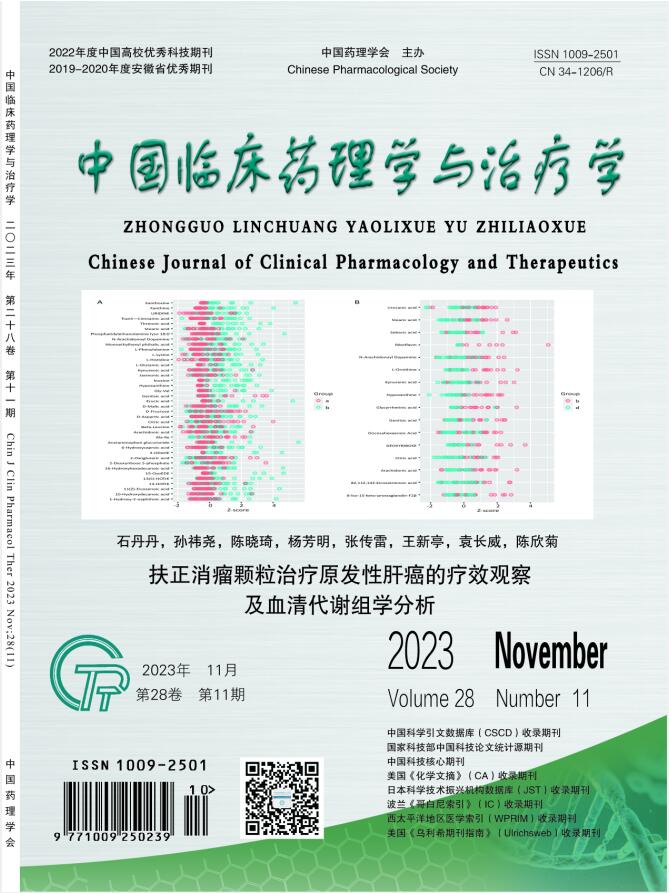AIM: To verify the role of tetramethylpyrazine (TMP) in intestinal ischemia-reperfusion (I/R) injury and its relationship with pyroptosis. METHODS: Thirty-six healthy SPF male C57BL/6 mice, 8-12 weeks old, weighing 20-25 g, were divided into six groups randomized by table of random number (n = 6/group): Sham group (S1 group)、Ischemia/reperfusion group (I/R1 group), I/R + TMP treatment group: 15 mg/kg (T15 group), 30 mg/kg (T30 group), 60 mg/kg (T60-1 group), 120 mg/kg (T120 group). In experiment 2, thirty healthy SPF male C57BL/6 mice were divided into five groups (n = 6/group): Sham group (S2 group), I/R group (I/R2 group), I/R + dimethyl sulphoxide (DMSO) group (DMSO group), I/R + TMP (60 mg/kg) group (T60-2 group), and I/R + DMSO + TMP (60 mg/kg) + Nigericin sodium salt (NSS) group (T60+NSS group). I/R-induced intestinal injury was established by clamping the superior mesenteric artery for 45 minutes, followed by 120 minutes of reperfusion, while the sham group mice underwent isolation of superior mesenteric artery without clamping. An NLRP3 agonist NSS was dissolved in DMSO, was intraperitoneally injected (4 mg/kg) 60 minutes before ischemia. And DMSO group mice were intraperitoneally administered with corresponding DMSO. Different TMP dosage groups and T60+NSS group mice were intraperitoneally administered with TMP 30 minutes before ischemia. IL-1β and IL-18 concentrations in the intestine were measured at 120 minutes after reperfusion by ELISA. The pathological changes of the sections were observed by optical microscope, and the intestinal mucosal injury was evaluated by Chiu's score grading. Western blot was used to detect NLRP3, Caspase-1, and GSDMD in intestinal tissue. RESULTS: Statistically significant increase of Chiu's score, IL-1β, IL-18 concentrations in the I/R1 group were found as compared with S1 group (P<0.05). And compared with I/R1 group, Chiu's score and IL-1β, IL-18 concentrations in the T60-1, T120 groups were reduced (P<0.05). Moreover, Chiu's score in the T120 group was lower than that in the T60 group (P<0.05). We found a statistically significant increase of Chiu's score and IL-1β, IL-18 concentrations and the expression of NLRP3, GSDMD, caspase-1 in the I/R group (P<0.05)as compared with S2 group. Compared with I/R2 group, Chiu's score, IL-1β, IL-18 concentrations and NLRP3, GSDMD, caspase-1 expression in the T60-2 group was reduced (P<0.05). Compared with T60-2 group, Chiu's score, IL-1β, IL-18 concentrations and NLRP3, GSDMD, caspase-1 expression in the T60+NSS group were upregulated (P<0.05). CONCLUSION: The protective effect of TMP against intestinal I/R injury was dose-dependent. And TMP can decrease pyroptosis mainly by inhibiting the activation of the NLRP3 inflammasome.


